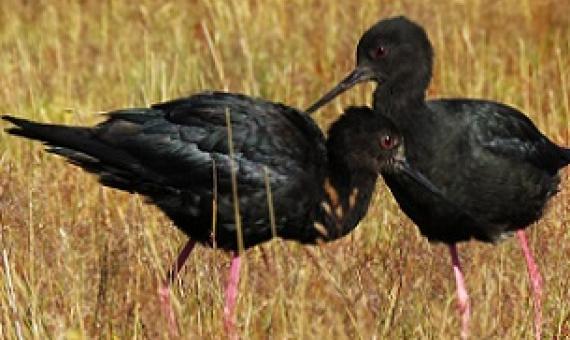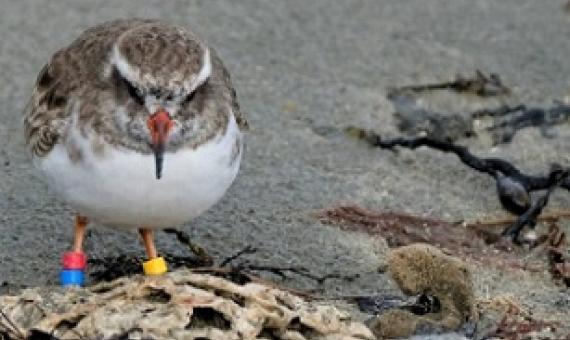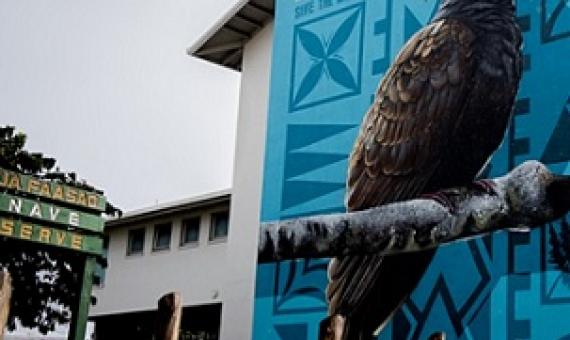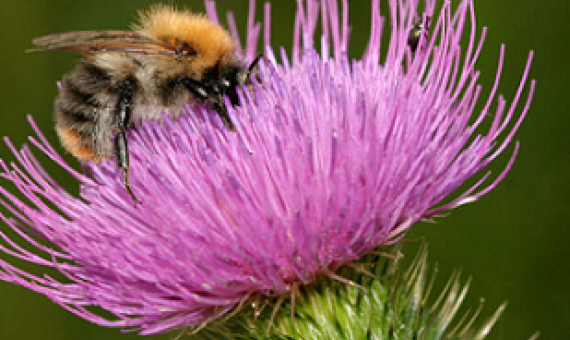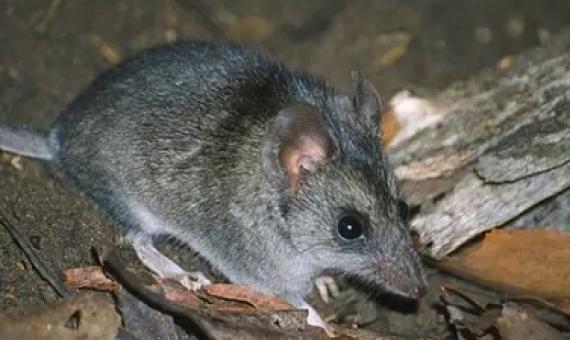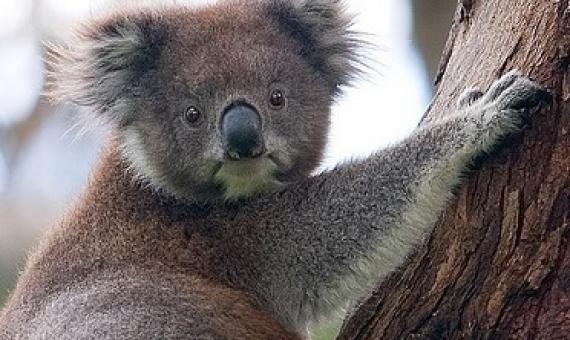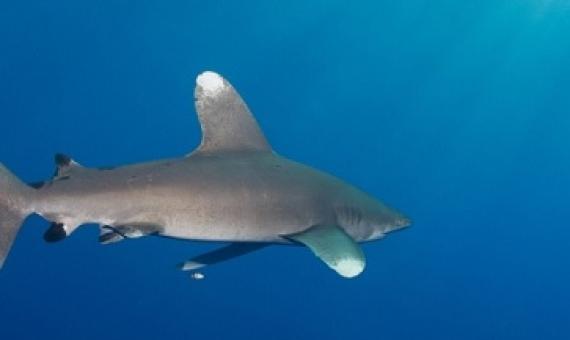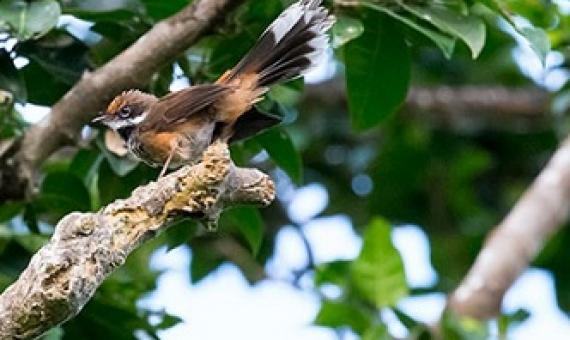The black stilt or kakī is a critically endangered wading bird with fewer than 200 individuals living in the wild. The main threat to the kakī is introduced predators, such as stoats, ferrets, rats and cats, but the birds are also vulnerable to flooding in their habitat.
An island’s-worth of an incredibly rare bird species have flown the coop – most missing, presumed dead. All 29 shore plovers or tūturuatu relocated to Mana Island off the coast of Porirua since February, part of an effort to save the species, have vanished.
The Manumea is Samoa’s national bird and listed as critically endangered by the International Union for Conservation of Nature (I.U.C.N).
Among the vast number of native species damaged by the recent bushfire crisis, we must not forget native pollinators. These animals, mainly insects such as native bees, help sustain ecosystems by pollinating native plants. Native pollinator populations have been decimated in burned areas.
The Kangaroo Island dunnart, the northern corroboree frog and the Blue Mountains water skink are among 113 species that need urgent attention after the bushfire crisis, according to a government analysis.
Thousands of koalas may have died in fires burning through New South Wales but expert evidence to a state parliamentary inquiry on Monday said we are unlikely to ever know the real numbers.
WWF is pushing for the development of a recovery plan for the dangerously depleted population of the oceanic whitetip to prevent the species from going extinct.
The 3rd Marianas Terrestrial Conservation Conference & Workshop is over. Held for the first time on Saipan last Nov.

